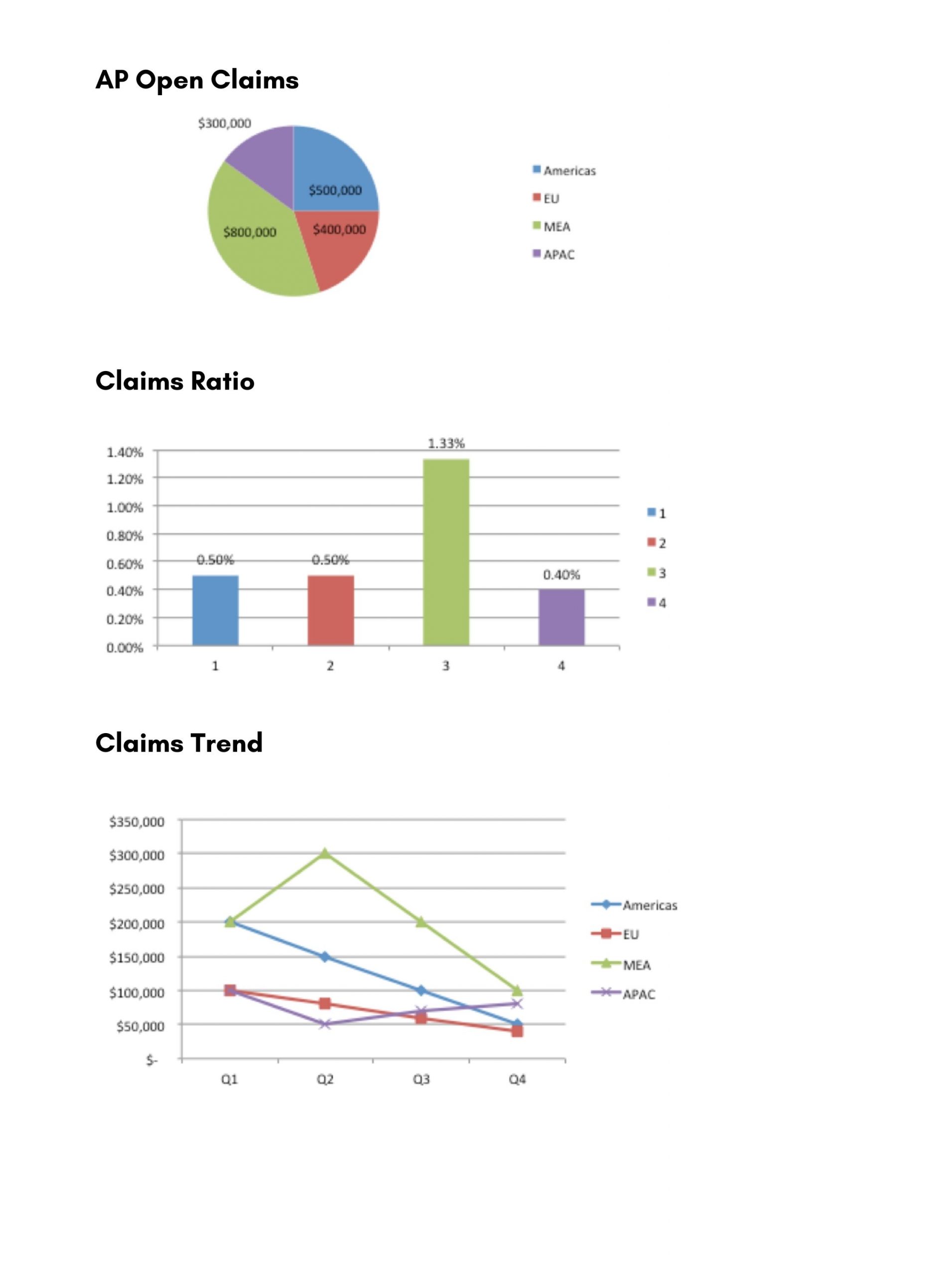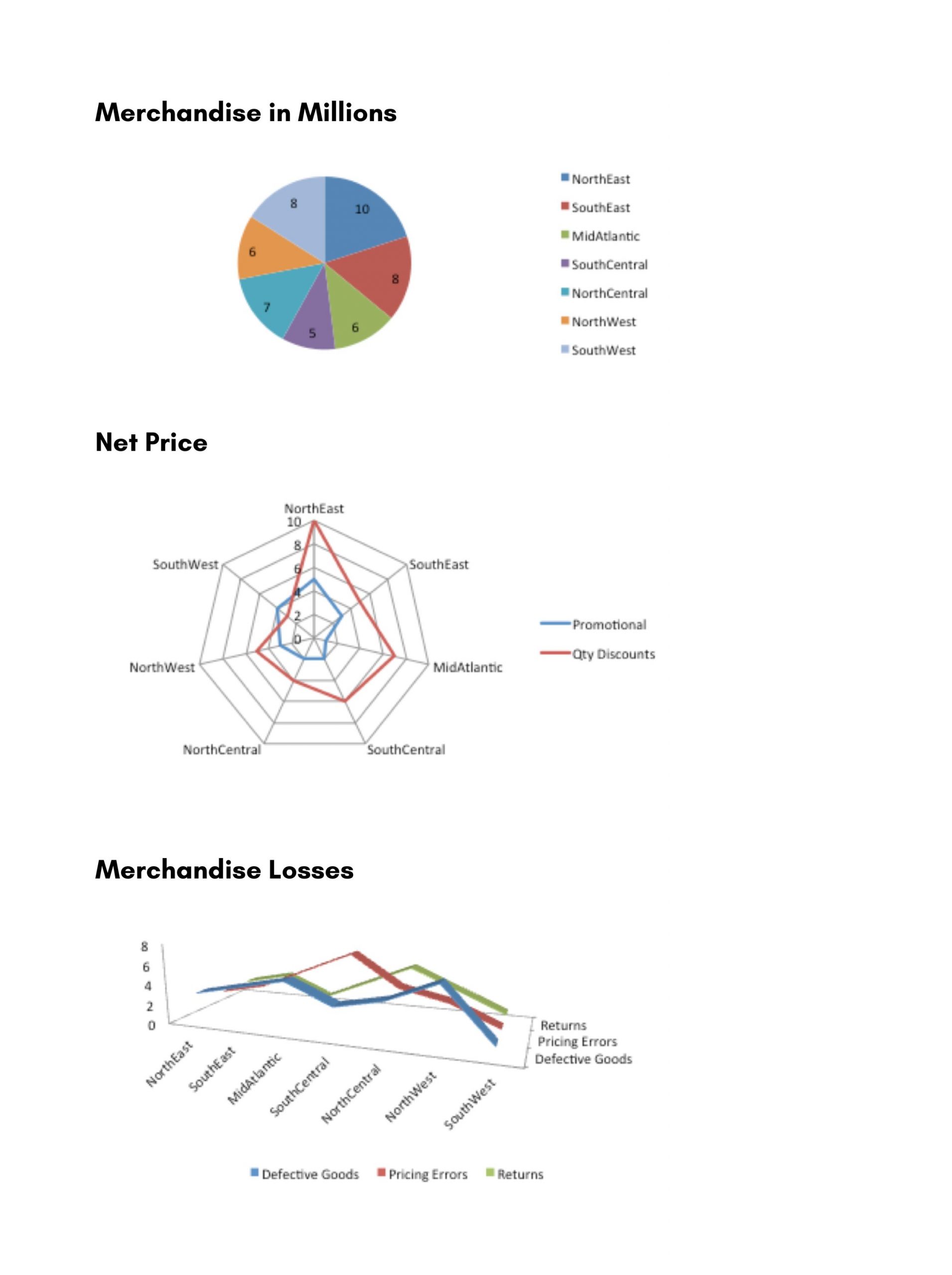Advanced control analytics for retail

Advanced Control Analytics in retail: going to market smarter
Few other industries are as full of constant change and challenge as retail. In 2023, the retail industry is experiencing market volatility, supply chain constraints, and omnichannel shopping, forcing retailers to sustain resiliency, operate more efficiently, and better accommodate customers.
According to Gartner’s 2023 Retail Industry Outlook, “only one-third of retail executives are very confident about maintaining or improving profit margins in what are expected to be turbulent times.”
In the years since the pandemic, retailers have recognized the importance of refocusing on operations to remain competitive. They have learned that rapidly evolving consumer preferences require more effective analytics to build operational resilience.
How can advanced analytics help retailers?
Businesses are constantly gathering data. During the selling process, you collect data on the products or services sold and how many products you have in stock. These data points may not tell you much on their own, but integrating them helps retailers see changes in buying patterns that otherwise may have gone unnoticed. Advanced analytics keeps you ahead of the curve while providing your customers with better service.
Advanced analytics focuses on anticipating future outcomes based on historical data. Retailers can apply statistical modeling and machine learning to obtain a rearview mirror of company performance. Advanced analytics allow retailers to project revenue and earnings that better forecast their business and control their resources to meet growth and margin requirements.
Advanced analytics can also helps with the financial side of your retail business by looking into the future more accurately. Advanced analytics allows you to look at trends across data in a scalable way. Analytics provides better predictions on your forecast, inventory, pricing strategies, supplier risks, or global supply chain issues.
For example, advanced analytics can take data about your logistics or inventory and analyze when stock or warehouse space is running low. Instead of dealing with an issue after it’s happened, advanced analytics gives you the heads up, so you have time to solve inventory or logistical problems before they happen. And then finally, advanced analytics can help prevent cyber risk, fraud, and credit card fraud; areas that continue to hinder the economy.
The foundation of advanced controls and advanced analytics
The first step in any governance initiative is to have a solid management framework of audit, risk, and compliance with a documented risk control matrix. You should have good audit practices in place, control testing, risk identification, and mitigation of identified risks detected in assessments each year.
The next step in preparing for advanced analytics is access governance. Access management and governance are essential in advanced analytics because data can’t be trusted if you do not know who’s accessing your data and systems. Creating identity and access governance across cloud and on-premise environments is crucial for modern retail. Automating identity access governance ensures continuous compliance with company policies for cyber security, data privacy, and segregation of duties and customer identity access management (CIAM.)
On top of access governance, implementing continuous controls monitoring is a good idea. Continuous monitoring can alert you if your policies and controls have risks and continuously monitor those risks. If that risk occurs, the management responsible for the controls will be alerted, ensuring your controls consistently function. For example, suppose someone changes your approval hierarchy for purchase orders. In that case, management will be notified immediately to address that issue, whether it’s a false positive, a real problem, or a business decision tied to a policy change. That’s how you retailers can be more proactive and agile versus finding out three months later when your auditors discover the changes.
How are advanced analytics and advanced controls changing the retail industry?
Managing and controlling supply chain risk is a major activity in retail. As supply chains have lengthened and become more complex, retailers must be aware of operational risks to the supply chain that can impact operations and processes. Advanced controls analytics makes evaluating financial and operational risk easier than ever. Although the impacts of operational risks do not have the scale of disruptive risks, they can considerably affect business results if they are not evaluated and managed.
Better forecasting
When it comes to keeping your retail business running smoothly, forecasting is a critical capability. Imagine if your company could predict how much stock it will need over the holiday period and what products will likely be your best sellers. Sounds like a retail dream, right? Advanced control analytics brings your company one step closer to doing just that.
Advanced analytics can collect and leverage data from online and brick-and-mortar stores to help predict future sales outcomes and maintain the perfect amount of trimmed-down inventory so that you’re not paying thousands of dollars to store products you’re not selling.
It can also use historical sales data to calculate which of your products are the most profitable based on margins and how many units you sell.
Smarter pricing data
Pricing is always a dilemma for vendors; Charge too little, and you’ll be out of pocket. Charge too much, and your customers will shop elsewhere.
Advanced analytics takes pricing data to suggest how much you should charge for products. For example, advanced analytics can study your product pricing data against other factors like market fluctuations, consumer demand, and competitor pricing to give you data-based suggestions on how much you should be charging.
Reduced supply chain and inventory problems
Reducing overstock can lower overall inventory costs by as much as 10%.
Retailers sit on money because their supply and inventory chains aren’t optimized.
But you can change this with the help of advanced analytics. Instead of buying large quantities of stock because it might sell over the next quarter, advanced analytics uses data to optimize inventory and adjust to demand fluctuations. Advanced analytics can give insights on when to:
- Adjust your stock (how much and when to buy)
- Restock your inventory (when and how much you need)
- Move your inventory to another location
Retailers can use SafePaaS to ensure they have the proper inventory and adjust according to market conditions and the store’s business objectives.
Streamlined procure-to-pay cycle
In your procure-to-pay cycle, we have found that, on average, our customers spend 1% of their total assets on overpayments. By lowering that number to peer levels of 6.5 or better, you can find bottlenecks and apply controls to remove those inefficiencies and waste from your process.
Other benefits of advanced analytics and advanced controls in retail include:
- Optimized material and production resources globally
- Increase growth with streamlined order management for fulfillment
- Monitor and prevent cyber theft, supplier, and supply chain risks
- Strengthen customer trust
By implementing advanced analytics and controls, retailers can mitigate risk and grow revenue by optimizing:
Accounts Payable Audits:
Track all your claims closely and prevent future losses by catching them earlier. Improve vendor relationships by submitting only verified high-quality claims, resulting in less work for you and more accurate, more profitable results.
Merchandise Audits:
Detect merchandising errors early by finding the facts as close to the transaction as possible. This helps reduce operating expenses through recoveries.
Vendor Risk Assessments:
Comprehensive vendor risk analysis to analyze all available data for optimal results. Research a wide range of potential vendor risks – from fraud and conflicts of interest to lapsed business licenses and liability concerns.
Freight Audits:
Safeguard freight-related disbursements by identifying payment errors and analyzing whether vendors and carriers have complied with your shipping guidelines.
Media Audits:
Agency and media invoices match up. Identify duplicates and overpayments, review contracts, media plans, insertion orders, print orders, and billing statements, and accurately determine whether there have been mistakes and under-achieving performance.
Contract Compliance:
An in-depth contract compliance review combines automated techniques with focused strategic buyer discussions. Identify the causes behind overpayments, and develop customized prevention techniques for minimizing future exposure.
By using advanced analytics and control solutions, retailers can match their resources with demand and reap the benefits of increased sales, higher productivity, improved customer service, fewer compliance issues, and improved profitability.


The post Advanced control analytics for retail appeared first on SafePaaS.
*** This is a Security Bloggers Network syndicated blog from SafePaaS authored by Emma Kelly. Read the original post at: https://www.safepaas.com/articles/advanced-control-analytics-for-retail/





